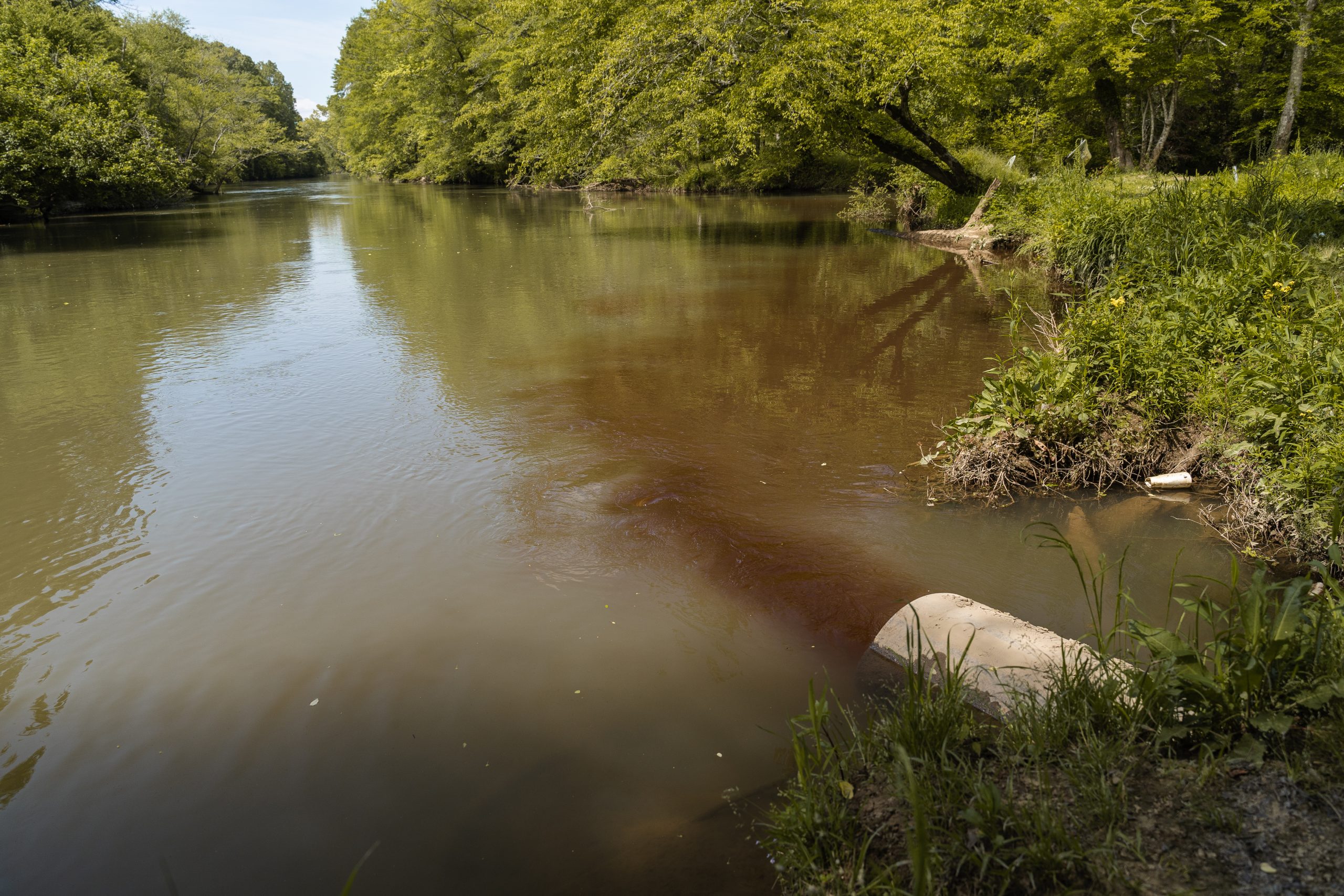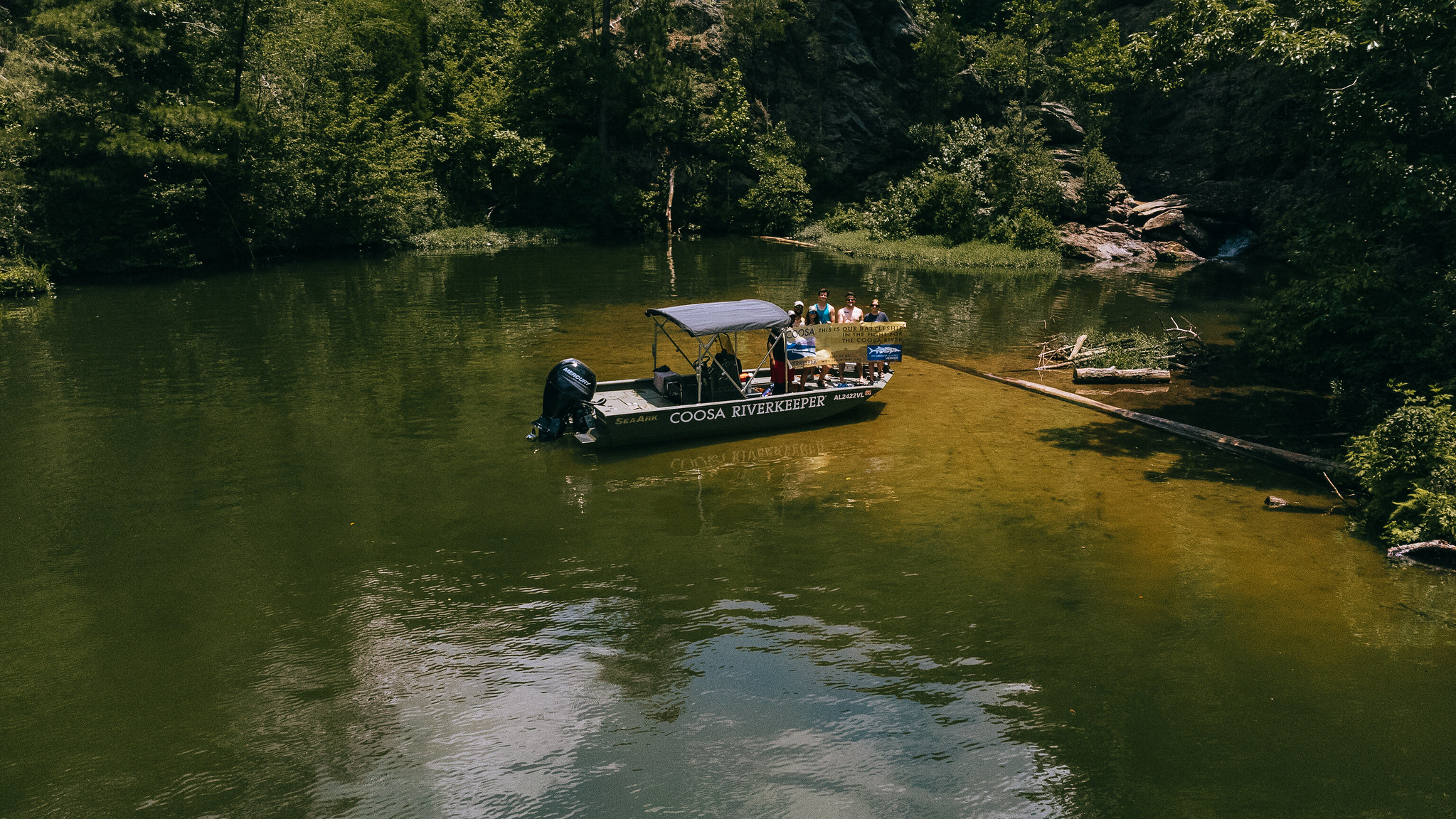Before the Clean Water Act was passed in 1972, waterways in the United States were severely contaminated by sewage, trash, oil, and industrial pollution.
Since then, the Clean Water Act has dramatically reduced pollution and improved water quality across the country, but progress is threatened by lack of enforcement, deregulation, and other major issues. But, that’s why Waterkeepers are vital. Despite failures to implement and enforce the Clean Water Act, Waterkeepers take the citizen suit provision and public comment processes of the Clean Water Act to hold polluters (and our government) accountable to protect our waterways, aquatic life, and the public.
What is the Clean Water Act?
The Clean Water Act (CWA) is a landmark piece of legislation that created a framework to “restore and maintain the chemical, physical, and biological integrity of the Nation’s waters.”The CWA is ½ a century old. It was enacted in 1972 under the Nixon administration amidst growing public concern. In fact, three years prior to the passage of the CWA, the Cuyahoga River outside of Clevelend, Ohio caught flames due to excessive pollution from nearby industry. The CWA significantly reorganized and expanded previous water quality legislation–The Water Pollution Control Act of 1948. The Clean Water Act requires states to set clean water standards for the regulation of pollution and to protect our water for swimming, fishing, drinking, and wildlife.
There are two objectives of the Clean Water Act:
- To eliminate the discharge of pollutants into the nations water
- To achieve water quality levels that are fishable and swimmable.
The Environmental Protection Agency, which is responsible for administering the CWA defines “fishable and swimmable” as a level of water quality that protects and propagates fish, shellfish, and wildlife, and provides for recreation in and on the water. At the time of the CWA’s passage, 60% of waterways in the US were not “fishable or swimmable.”
Although the CWA is a federal law, each state is responsible for enacting it using its own Water Quality Standards Program by classifying its bodies of water by their designated use (swimming, fishing, water supply, etc.) and making a plan to ensure the waters meet the quality standards for their uses. In Alabama, the state agency with this responsibility is the Alabama Department of Environmental Management (ADEM).
How Does the Clean Water Act Work?
The CWA made it unlawful to discharge any pollutant from a point source into navigable waters, unless a permit was obtained To regulate discharges of pollutants, the CWA uses two types of permit. One permit prohibit corporations, sewer plants, and others from using pipes, ditches, and similar conveyances to dump dangerous wastes, chemicals, and other pollution into water without a permit. The other prohibits dredging and fill-ing of waters for mining pipelines, and other development without a permit.
To regulate water quality standards, the CWA requires permits to include pollution controls, limits, and monitoring that protect public health and water quality needed for drinking water, fisheries, swimming, wildlife, shellfish, farming, and other uses.

What Does the Clean Water Act Do?
The CWA does two things: regulates discharges of pollutants into waters of the United States from point sources like pipes, ditches, and similar conveyances and regulates water quality standards for surface waters.
Why is the Clean Water Act Important?
The Coosa River is rich in aquatic biodiversity. It is also one of the most developed rivers in Alabama. This means that there is lots of potential for pollution. Thanks to the CWA, industry within the Coosa River Watershed must abide by the provisions of the CWA. Through the CWA have the power to clean our rivers, lakes, creeks, and skinny waters–and to keep them that way. Want to learn more about our efforts to hold polluters accountable and permitted polluters near you? Click here!
Prior to the CWA, water quality regulations were weak or nonexistent, and point source discharge was largely unregulated leaving our waters unprotected and contaminated from the dumping of dangerous and toxic pollutants. Today, although still facing issues, our waters are in much better shape than they were 50 years ago, and we have the Clean Water Act to thank.
This blog post was written by our fantastic legal interns, Brant Cook (2L at University of Alabama School of Law) and Abbi Hallman (2L at Cumberland School of Law). Edited by our Staff Riverkeeper, Justinn Overton.






